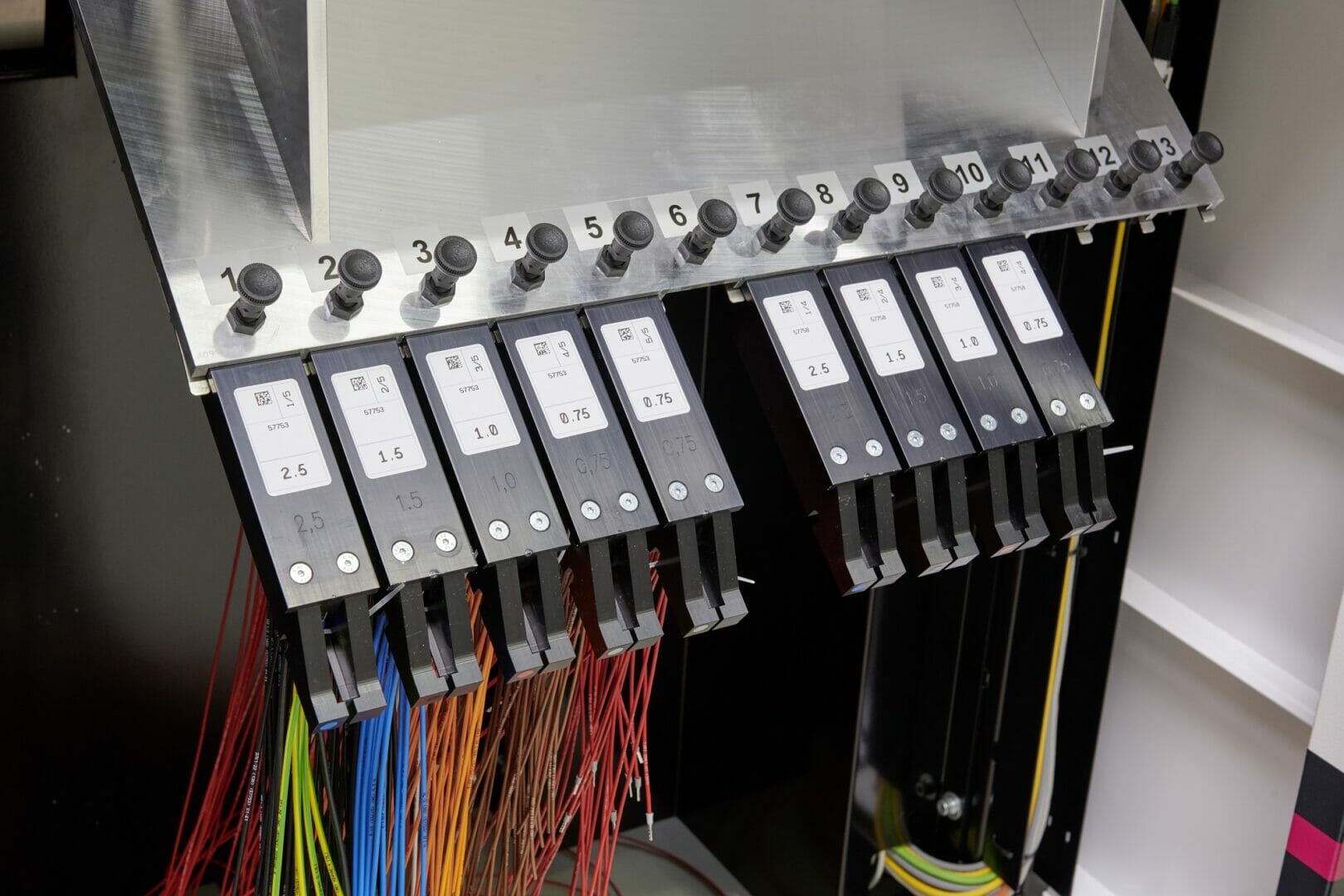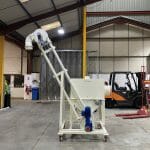Electrical control manufacturers are currently being placed under considerable pressure. Projects are becoming more complex, the trading environment is extremely competitive, and customers naturally want to keep their costs to a minimum.
The pressures (and costs) start from the moment a manufacturer’s estimating engineers receive details of a new project.
A typical specification has more than 300 pages which take approximately 54 hours just to read through (source: Stuttgart University).
Delivering a control panel build takes a substantial number of man-hours, resources and again, of course, costs. Simply preparing engineering and schematic drawings for client approval might involve:
- Incorporating client changes (potentially time-consuming and complex)
- Project adjustments
- Close co-ordination between design and manufacturing teams
- Using standard products wherever possible
Key challenges for the next step – the manufacturing phase – include managing resources within tight timescales.
There is no doubt that rising demand in the sector is being matched by a trend for shorter lead times. Meanwhile, the sector is experiencing long-term major shortages in skilled workers so recruitment has become more problematic, particularly for short-term contracts on major projects.
The most time-intensive phase of a typical control panel is usually wiring (preparing wires, reading drawings for routing points and termination) which takes up around half the time. Design and engineering take up around 10 percent of the time. In addition, there are further modifications including the number of cut-outs and the holes for door fixings to be accounted for.
Rittal Cost-Saving Measures
There are two ways in which Rittal can considerably reduce the manufacturing costs of a control panel. These are:
- Optimise the engineering and schematic design phase using EPLAN software
- Automate the processing of wires ready for installation
1. EPLAN Design & Manufacturing Software
Wiring control cabinets will always remain a job for skilled and experienced staff, but it can be made easier.
If the control panel is designed with EPLAN Pro Panel, the engineer can visualise the route of each individual wire in 3D, to optimise the pathway and for easy installation. It also ensures that the trunking capacity is not exceeded and that the correct cable separation takes place.
EPLAN Pro Panel easily and automatically generates lists that provide all the necessary information to engineer, including the routing, end points, cable designation, as well as the size and colour of each wire. The lists make wiring easier and faster and significantly reduce the chance of errors – and fewer errors translate into significant time-savings during testing.
Another major benefit is uniformity. The detailed wiring lists ensure that two or more of the same control cabinets have identical wiring, making life a lot easier during later modifications or fault-finding.
EPLAN Pro Panel with EPLAN Smart Wiring also allows users to see the wires during wiring on their laptop or tablet, while their progress is mapped, tracked and displayed in real time. This means it is virtually impossible to miss wires, even if a wiring job starts with one person and another finishes it.
EPLAN P8 can create 3D layouts of an electrical system in Pro Panel. This virtual prototype (or “digital twin”) then forms the basis for further project work.
The selected parts can be automatically transferred to an ERP system, dramatically cutting the time spent on materials procurement.
The 3D construction planning also shows any potential difficulties that could arise later during production. For example, if a component on the mounting plate collides with the enclosure door, it can be detected at this early stage. This means that any corrections can be made directly during the planning stage and not in the workshop, which – in turn – cuts production times and costs significantly.
2. Automation of Wire Processing
Wiring control panels is a time-consuming, painstaking job: the wire must be cut to length; stripped; crimped; labelled and finally, the finished cable must be routed and connected to a terminal.
Not surprisingly, wiring accounts for roughly half the time needed to build a control panel. Automating these processes therefore will offer significant improvements in operational efficiency.
Rittal’s Wire Terminal (WT machine) is a compact and fully automatic wire assembly machine, available in WT24 and WT36 variants, and is designed to improve wiring procedures.
WT24 will process up to 24 wires at a time; WT36 will process up to 36 different wires at a time in cross sections ranging from 0.5 mm² to 2.5 mm². Work such as cutting to the required length, wire stripping and crimping can all be carried out without any manual intervention, freeing up time for engineers to focus on other work. Around 240 wires can be processed in an hour.
The printing system (optional) prints directly on to the wires, either in black or white.
Wires are then moved on to the next steps in processing via the controlled classification system; a 13-way storage arrangement with wire-rail magazines that can accommodate up to 1,300 wires.
The Wire Terminal can include a ‘lift’ option, for a quick changeover to different automatic crimping machines if these are needed (for example for dissimilar cross-sections).
The standard version incorporates the RC-I insulation stripping and crimping machine allowing five different wire cross-sections (from 0.5 mm² to 2.5 mm²) to be processed without having to change the wire end ferrules.
Simple and seamless data flow
If a workshop is to adopt efficient automated work-streaming, then consistent data management is absolutely vital and this is something which is integral to The Wire Terminal WT.
The data provided through the construction planning process on the EPLAN Pro Panel is used for wiring pre-assembly, either through a seamless digital interface or entered into the machine by hand.
Pre-assembled wires are stored and sorted sequentially by the machine using the EPLAN “smart wiring” tool. This allows users to locate the correct wire within the system quickly and easily, just by following the Smart Wire schedules.
Summary of Rittal’s Faster & Better Wire Processing
Using a Wire Terminal WT for wire processing means this phase of the control panel build can be up to eight times faster.
That means automated wire processing, used in conjunction with EPLAN software can drastically reduce manufacturing time and costs.
At the same time, using fully automatic manufacturing guarantees users a consistently high quality.
The WT is part of Rittal’s Automation Systems product portfolio. As well as wire processing, the Automation Systems can modify enclosures using either milling or laser-cutting Perforex machines.
Further information at www.rittal.co.uk and www.friedhelm-loh-group.com or on twitter @rittal_ltd.








